How to Make Homemade Floam
Floam is a fun and popular craft material that kids love to play with. It is a squishy, fluffy, and moldable substance that provides a unique sensory experience. Homemade floam is easy to make and can be a great science project, STEM activity, or craft idea for kids.
We will show you how to make homemade floam, the ingredients needed, whether it dries out, how to make it fluffy, and the result of mixing shaving cream and glue.
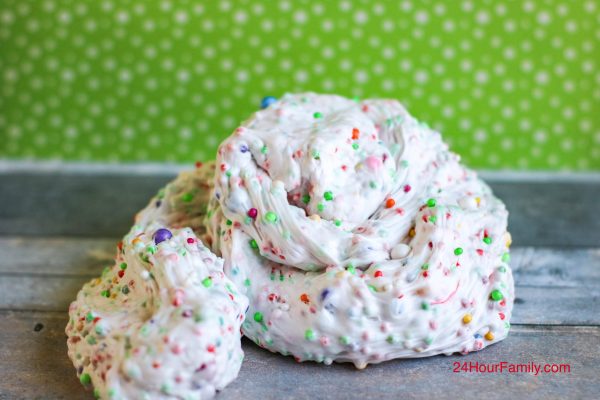
Table of Contents
What happens when you mix shaving cream and glue?
When you mix shaving cream and glue, you create a fluffy, airy mixture that is perfect for making homemade floam. The shaving cream adds volume and texture to the glue, making it easier to work with and giving the floam a light, fluffy feel. The glue helps hold the polystyrene beads in place and gives the floam its shape. When you add liquid starch or borax to the mixture, it reacts with the glue to create a sticky, stretchy substance that holds everything together.
Homemade floam is a great way to keep kids entertained and engaged in a fun science project or craft idea. It is easy to make, and you can customize it with different colors and textures to suit your child’s preferences. Making floam can also teach kids about polymers and demonstrate how to use them to create unique materials with special properties.
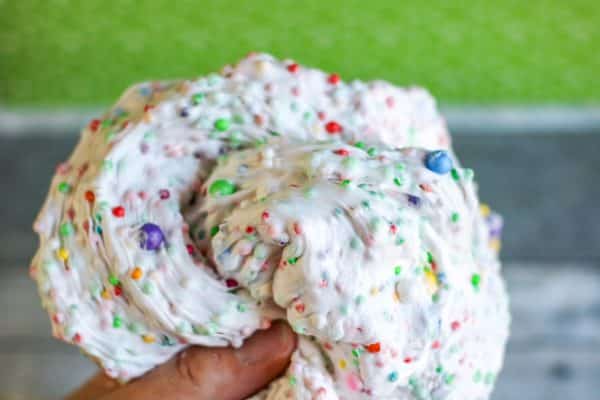
What is Floam made out of?
Floam is made from a combination of polystyrene beads and a sticky, gooey substance. The beads are what give floam its unique texture and squishiness, while the sticky substance helps the beads stick together and hold their shape.
The exact recipe for commercial floam is a closely guarded secret, but homemade floam typically consists of three ingredients: polystyrene beads, glue, and liquid starch or borax.
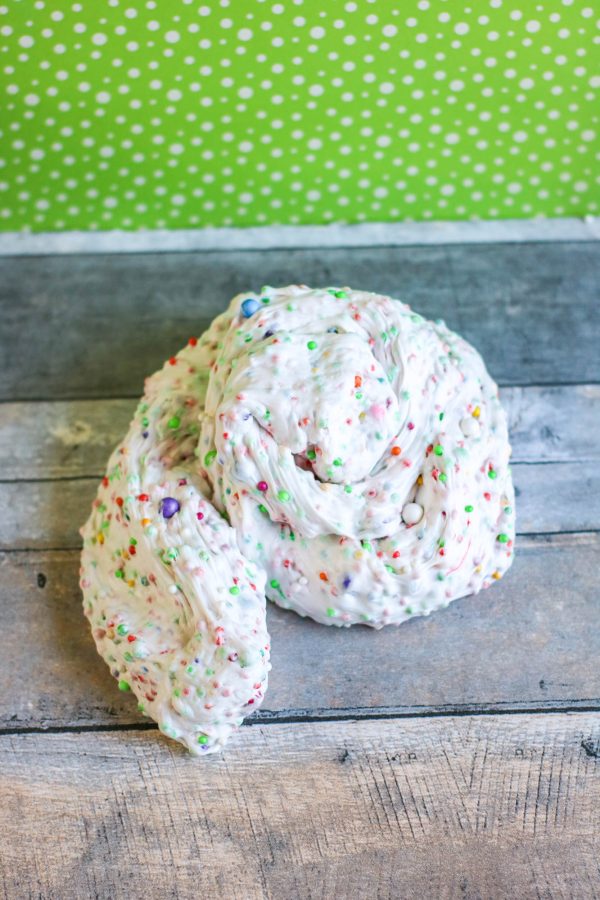
Does Floam dry out?
One of the great things about floam is that it does not dry out easily. The polystyrene beads are non-absorbent, which means they do not soak up any moisture. Eventually, the glue and liquid starch or borax mixture that holds the beads together can dry out over time.
If your homemade floam starts to dry out, you can add a bit more liquid starch or borax to restore its squishy texture.
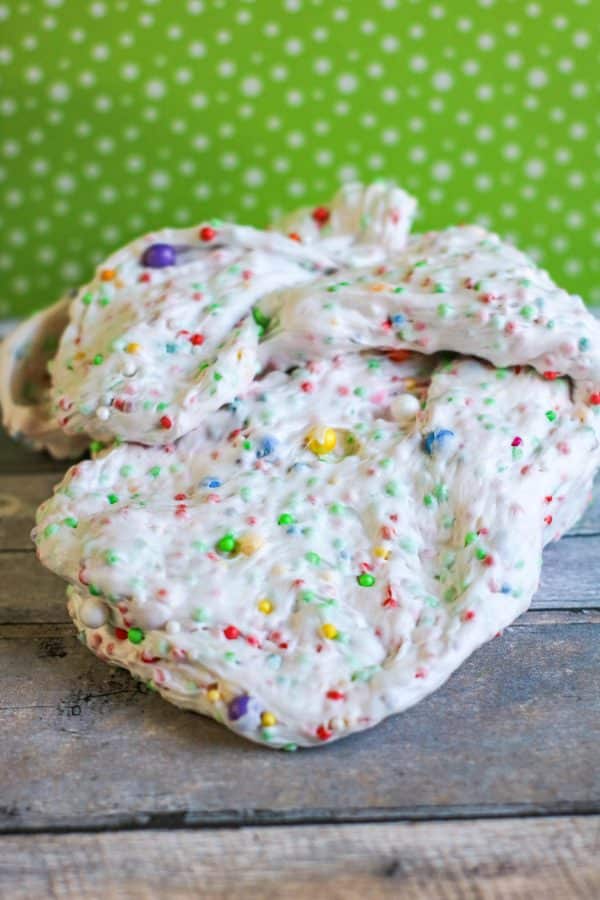
This post may contain affiliate links meaning I get commissions for purchases made through links in this post at no cost to you. Read my disclosure policy here.
Recipe for Homemade Floam
Ingredients needed to make Homemade Floam:
1 cup Elmer’s Glue in clear or white
½ teaspoon baking soda
3 cups shaving cream (like Barbasol)
homemade floam using styrofoam beads1 to 2 cups rainbow foam beads
1 tablespoon contact lens solution (containing boric acid)
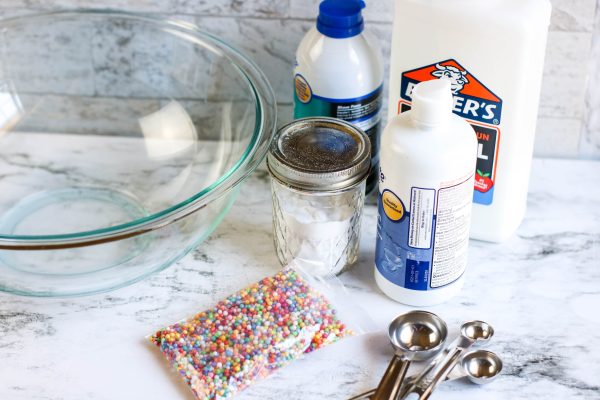
Where do you buy Floam Beads?
You can purchase floam beads like the ones we used to make this homemade DIY floam online at Amazon.
How do you make Homemade Floam?
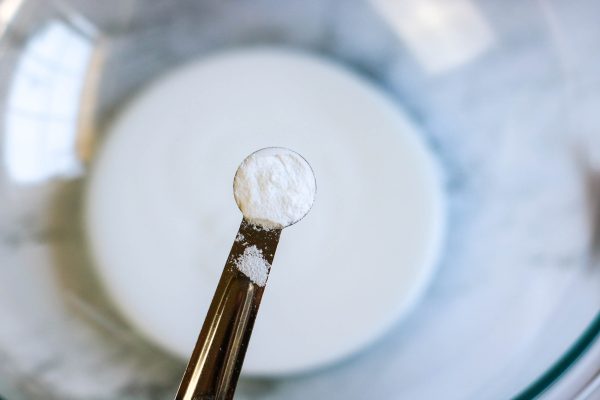
Empty the glue into a large bowl.
Whisk in the shaving cream.
Add the baking soda to the glue mixture and stir to mix thoroughly.
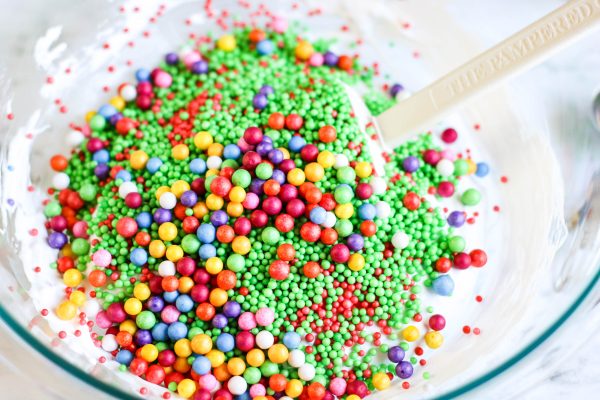
If you are adding coloring or foam beads, stir these ingredients into the glue mixture.
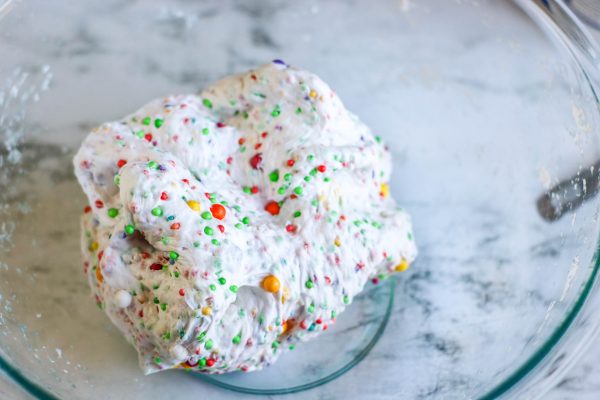
Fold in the shaving cream.
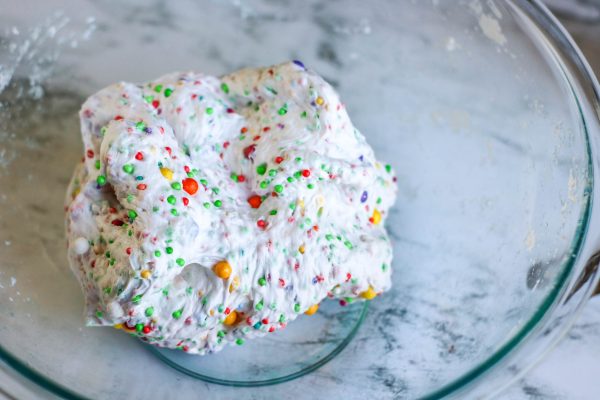
Add contact lens solution to the mixture and stir well. (Note: regular glue will require less contact lens solution than glitter glue. Add the contact lens solution slowly, mixing between additions, and add only enough to bring the glue together into a soft ball.)
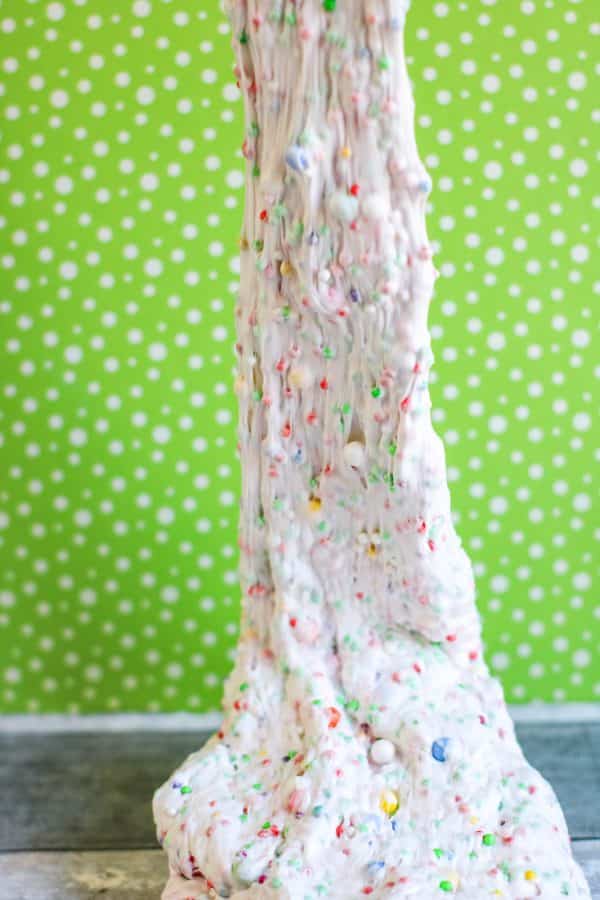
More Fun STEM Activities:
Mentos Explosion Experiment – Make an Explosion
Lego Building Projects and Lego Printables
The slime will be sticky. Begin to play with the slime, kneading it as you would bread dough, to bring the slime together. Lastly, you’ll know when it is ready when the slime is no longer sticky. Additionally, floam is best if stored in an airtight container in the refrigerator when not in use.
Making homemade floam is a fun and easy project that kids will love. You can create different textures and colors by varying the ingredients, and you can even use it as a science experiment to teach kids about polymers and material science.
